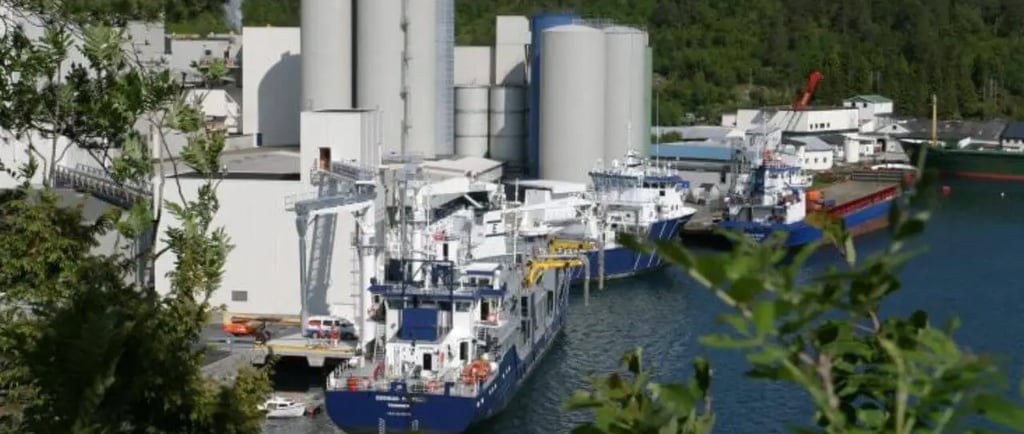Skretting Andfjord Feed Collaboration Advances CAS Innovation
Skretting and Andfjord Salmon co-developed a CAS feed to boost efficiency, survival rates, and sustainability in land-based salmon farming.
FRESH PRODUCE


Skretting and Andfjord Salmon have united to develop a feed plan specifically designed around land-based salmon farming. Being a contribution to both biology and technology, this work is in favor of closed aquaculture systems (CAS).
The collaboration began as Andfjord Salmon was developing the shore-based plant on the territory of Andoy Island in Norway. In the process of releasing the first smolt by the company, the company collaborated with Skretting in coming up with feed that would suit tanks with low current and laminar flows.
The CAS tanks require the pellets that sink gradually enough not to escape. The companies combined to develop a new formula which increased appetite and food consumption. In three days, the feeding was increased by 60 percent.
Skretting incorporated an ingredient called recirculation in the feed. This enhanced fecal stability, reduced turbidity and augmented bulking of the sludge, thus assisting in maintaining tidy water as well as making the control of the system less strenuous.
Andfjord Salmon recorded a survival of 97.5 %, a low feed conversion ratio (FCR) of 1.05 and energy consumption of 1 kWh per kg of salmon farmed in the first production cycle.
Sustainable ingredients were also adopted in the collaboration. The feed is now accompanied with algae oil besides fish oil. Calanus will provide local protein and both options are suitable to the environmental objectives of Andfjord.
Skretting has upon Andfjord Salmon the full access to its research and production teams. This strong linkage enables constant improvement of feed, particularly the releases of future emigration of smolt in 2025.
Skretting and Andfjord Salmon team want to promote additional development of the land based farming. The companies are trying to integrate fish biology and production technology to enable them continue being innovative to a healthy future of the industry.
